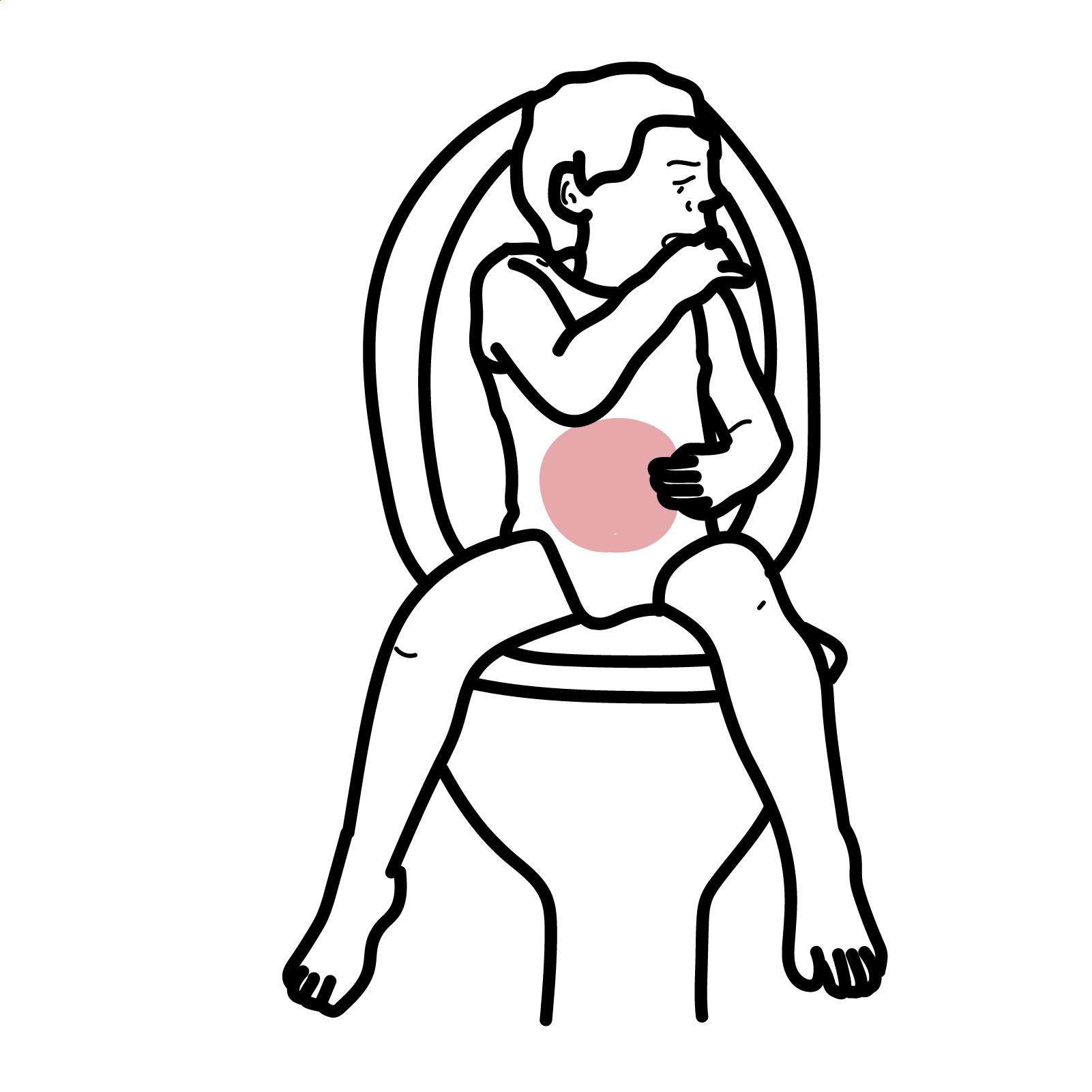Urinary Tract Infection (Children)


Urinary Tract infections (UTIs) in children are common and usually carry low risk. UTIs are often non-specific and can not be diagnosed on symptoms alone. A clean specimen (urine) is required for the diagnosis of UTI. Any child who is unwell, and most children under 6 months, should be admitted for IV antibiotics. The risk for child to develop a UTI in general is ~5% (girls > boys). Of these ~25% will experience recurrence within one year. However, in the first year UTI are more common in boys, uncircumcised boys are 10times more likely to develop a UTI compared with circumscribed boys.
Aetiology
Escherichia coli (75%)
Other
Routine Circumcision is not recommended because many (>100) boys would have to get circumcised to prevent one UTI.
UTI susceptibility is determined by:
Urinary tract infection in children are often non-specific and can not be diagnosed on symptoms alone.
Infants:
Older children can present with the classic:
Early diagnosis with appropriate urine specimen collection techniques, investigations and treatment is necessary for prevention of renal damage and recurrence.
If fever and feeling unwell is the sole presenting symptom, such as seen in <2yo, think of other differentials.
Urine should be collected if there is a unexaplined fever and/or symptoms suggestive of UTI.
Method to obtain urine sample include:
| Urine specimen collection methods | Advantages | Disadvantages |
| Urine bag | Non-invasiveNegative culture tests may exclude a UTI | Highest risk of contamination |
| Clean catch | Non-invasivePreferred technique for infants able to void on request | |
| Catheterisation | Presumed to be less painful and less invasive than SPA | Invasive |
| Suprapubic aspiration | Preferred asepctic methodLess likely to acquire contamination | Most invasive |
Following urine sample collection other investigations include:
Recurrent UTI investigations
A urine sample suitable for culture should be obtained before initiating antimicrobials.
Diagnosis
| Urine specimen collection methods | Diagnosis |
| Urine bag | Not suitable for diagnosis. Useful to exclude a UTI |
| Clean catch | >10^5 CFU/mL clinically releveant organisms + pyuria/bacteruria |
| Catheterisation | >10^5 CFU/mL clinically releveant organisms + pyuria/bacteruria |
| Suprapubic aspiration | Any growth of clinically relvenat organism + pyuria/bacteruria |
| Remember A diagnosis of UTI cannot be established reliably by a culture of urine collected in a bag. |
| Recurrent UTI |
| Inadequate antimicrobial therapy |
| Non-compliance |
| Bacterial Resistance |
| Host susceptibility |
| Factors contributing to urinary stasis |
The main aim of management is to prevent sepsis.
Non pharmacological
Pharmacological
Gentamycin (Gentamicin) Aminoglycosides like gentamicin “irreversibly” bind to specific 30S-subunit proteins and 16S rRNA. This leads to interference with the initiation complex, misreading of mRNA so incorrect amino acids are inserted into the polypeptide leading to nonfunctional or toxic peptides and the breakup of polysomes into nonfunctional monosomes. Side effects: Nephrotoxicity and Otoxocity.
| Consider referral to paedriatic team |
| Child <6months of age |
| Child with known renal tract abnormalities |
| Any child who looked unwell and required a septic workup |
Surgical
Prognosis
Vesicoureteric reflux
Posterior urethral valves
Duplication
Pelvicoureteric junction (puj) obstruction
White, B 2011, Diagnosis and Treatment of Urinary Tract Infections in Children, American Family Physician, vol. 83, no. 4, pp. 409-415.
Royal Child Hospital Melbourne Australia Guidelines
Desai, D 2016, Paediatric urinary tract infections: Diagnosis and treatment, The Royal Australian College of General Practitioners, vol. 45, no. 8, pp. 558-564.

Please confirm you want to block this member.
You will no longer be able to:
Please allow a few minutes for this process to complete.
Discussion